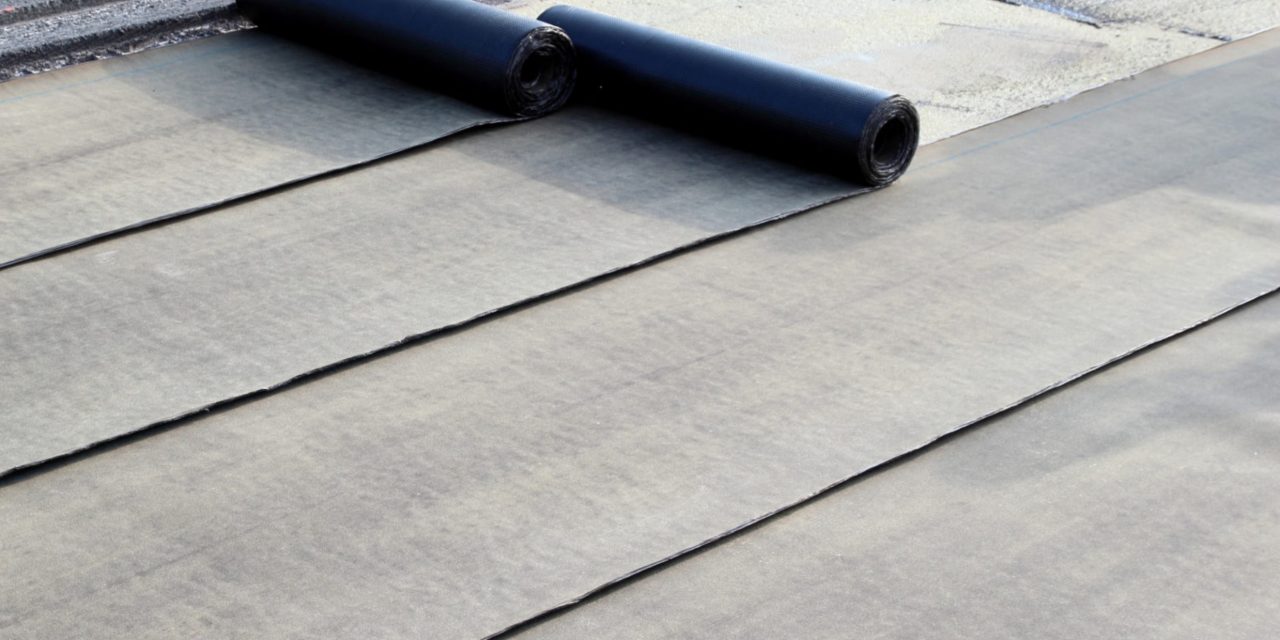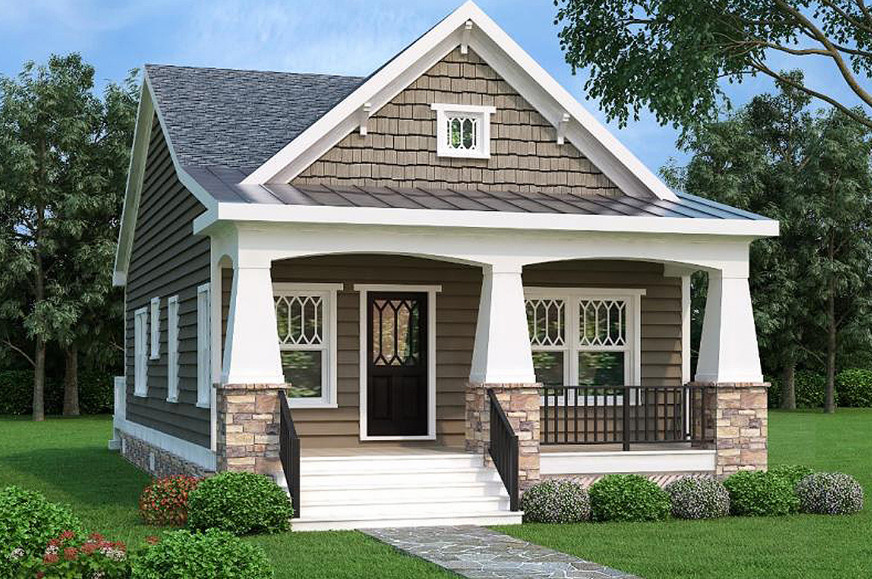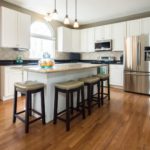A flat roof is a type of roofing that is almost flat, having only a slight slope to drain water. It has a flat surface that can hold snow and water longer than the standard sloped roof, but it wears better than other roof systems. There are three main kinds of flat roof systems. In this article, we will talk about each of them and their pros and cons.
Membrane (Single-Ply) Roofing
Membrane roofing can come in many materials, like plastic formulations and rubber. Usually, residential flat roofing is made of a synthetic rubber named ethylene propylene diene monomer (EPDM) and is the same material used as pond liner. This type of roofing system uses the rubber sheet on top of an insulation layer. The membrane can be detached and ballasted to stay in place, like masonry and river rock, or glued.
The Pros
Membrane Roofing is simple to repair – you can even do it yourself. You will not need to strengthen your roof deck since the membrane is not heavy. As long as there is no physical damage to the surface, leaks are not common with SPDM roofing. It is also energy-efficient, as it retains heat.
The Cons
Some things might lead to leaks in membrane roofing, such as:
- puncture by branches or people walking during the installation;
- Pipes, chimneys or VAC systems can also cause leaks, as they make it harder to insulate the roof deck properly;
- Even though they are sealed, the seams between the sheets can cause leaks.
Built-Up Roofing (BUR)
This is the type that was most used before membrane roofing, and modified bitumen was produced. It is mostly used in commercial applications. It is not common to have it installed in houses’ roofs because it is heavy and thick. It is a system built of layers: first an insulation board, then layers of oil tar or asphalt that alternated with layers of a type of felt and a last layer of gravel. The installation is messy and has a strong odour, but it creates a resistant roofing system.
The Pros
RBUR is resistant to foot traffic, severe weather, water and UV Rays. It is a low-maintenance type of roofing and has layers that are simple to remove if repair is required.
The Cons
It takes a long time, and it requires roof reinforcement before installing BUR. If there is a leak, you might need to dismantle the entire roof to find where the leak is coming from. It may suffer damage from cold temperatures.
Modified Bitumen Roofing
This is a system developed to be a lighter alternative to BUR at the beginning of the 60s. The installation of MBR is not as messy or bad-smelling as the BUR installation. It is made with asphalt and topped with a coating very similar to asphalt shingles. It is very flexible, and its installation usually needs heating the sheets as they are unrolled on top of a base membrane, melting the material to attach it to the base. It is also possible to have self-adhesive sheets.
The Pros
Compared to BUR, the modified bitumen roofing is simpler to install and is more flexible at low temperatures. It has a consistent installation because of its mineral surface. Homeowners themselves can install the self-adhesive version.
The Cons
If not self-adhesive, the installation will require the use of heat (torches/open flame). The sheets’ joints must be overlapped and properly adhered to prevent leaks. MBR is not as aesthetically pleasing as BUR or membrane roofings.
If flat roofing systems are the right choice for your commercial building or your home roof and you need help with installation or repair, contact McKay Roofing. Their experts have all the newest technologies and methods to make sure they provide the best solutions and service in Ontario.











